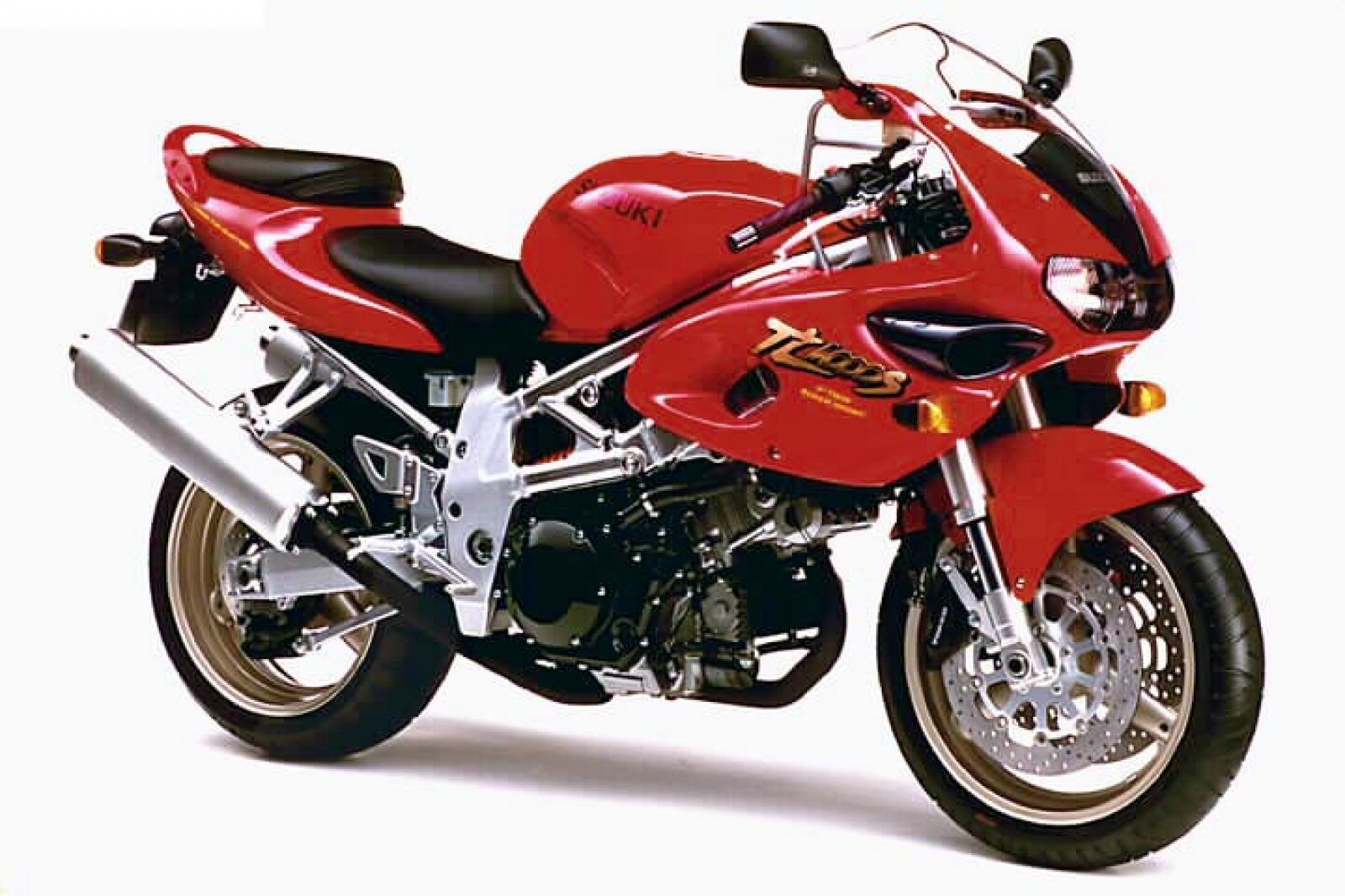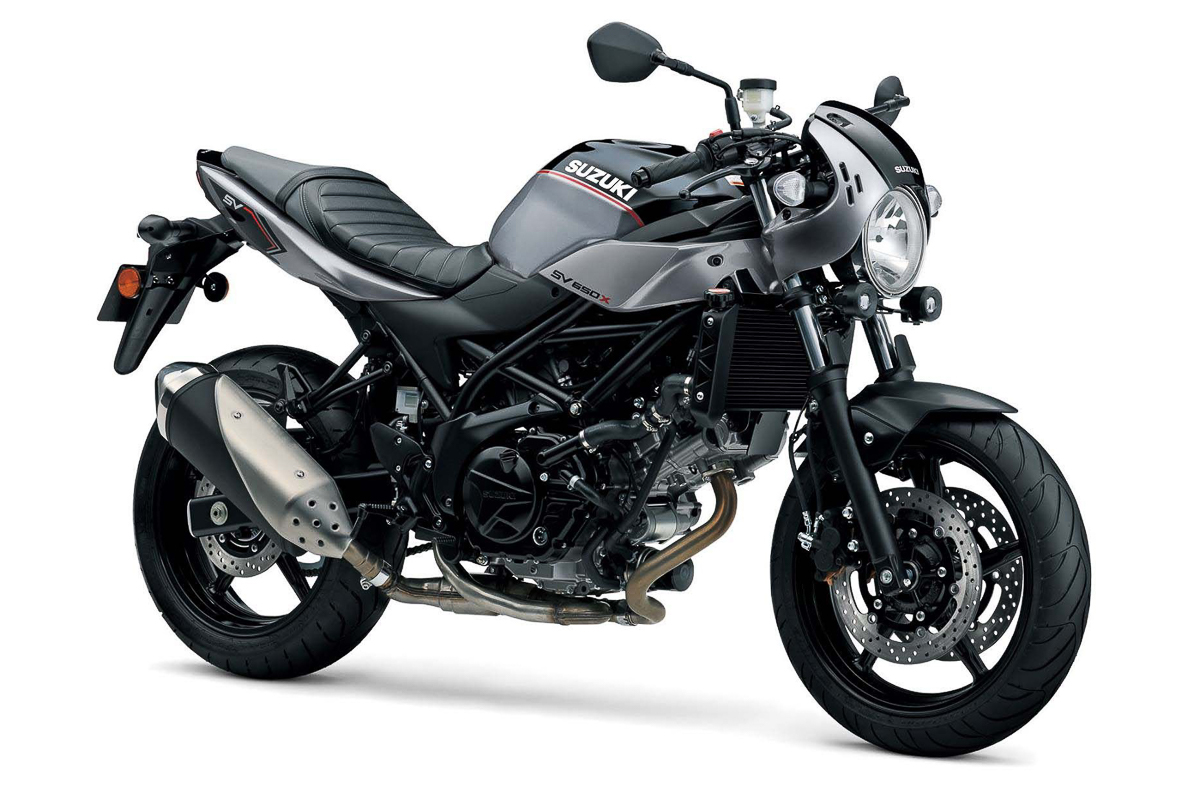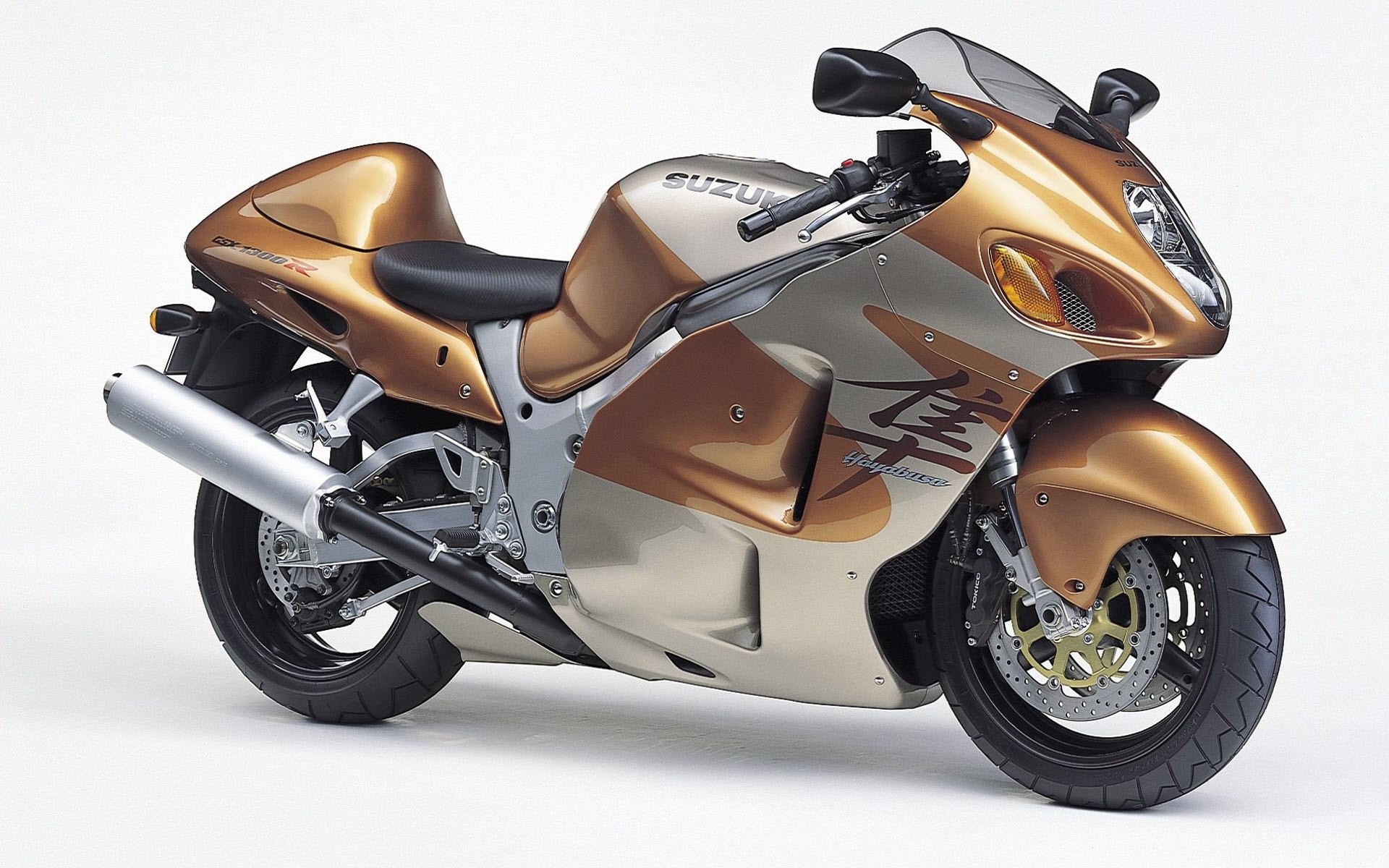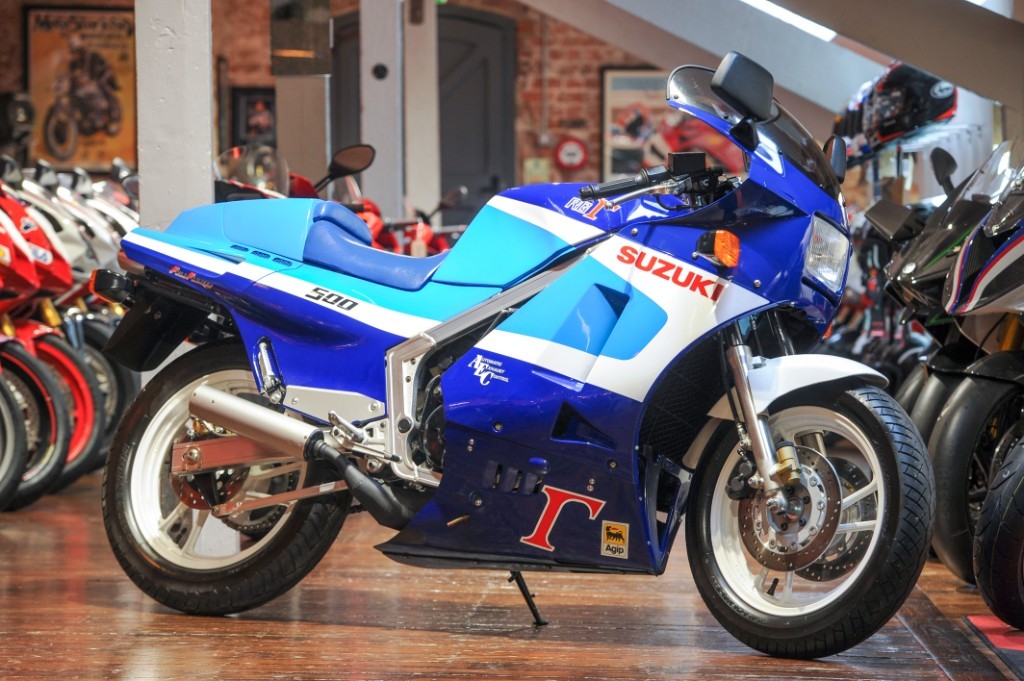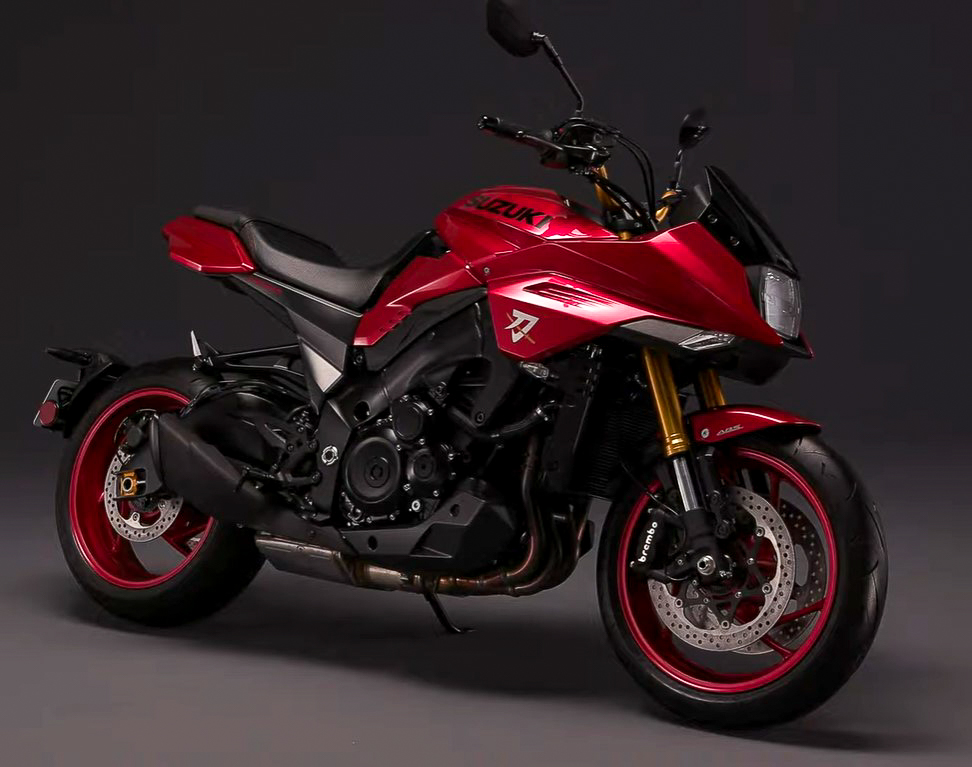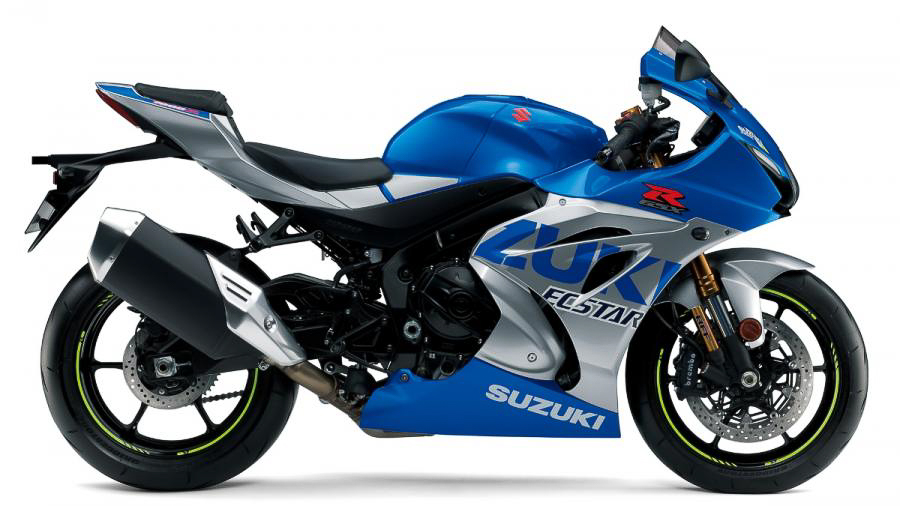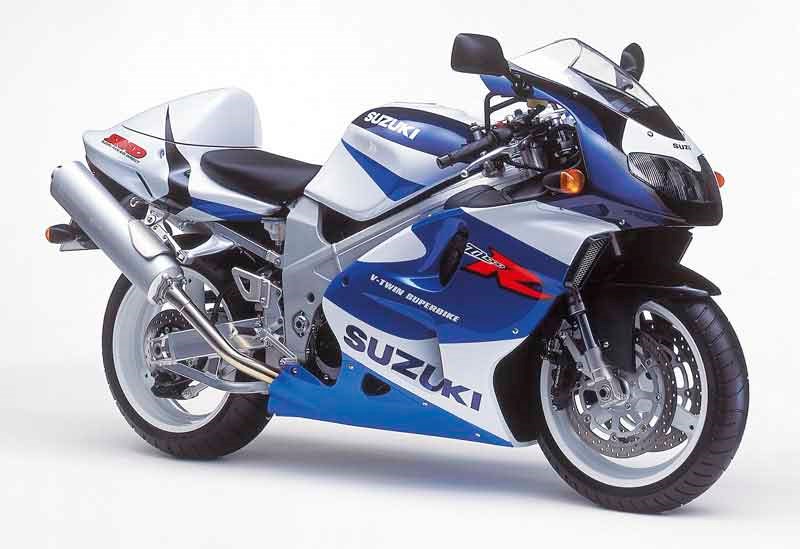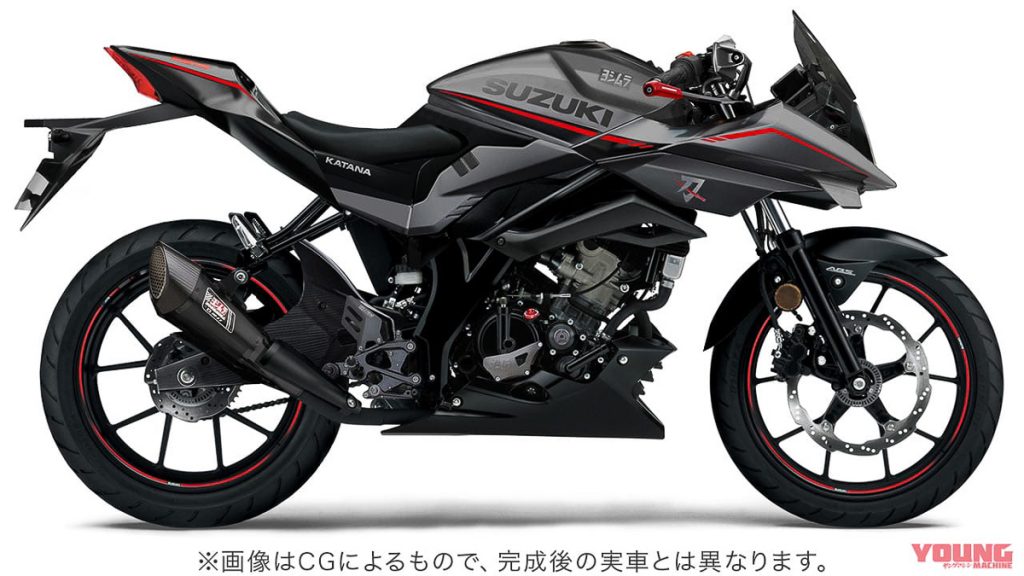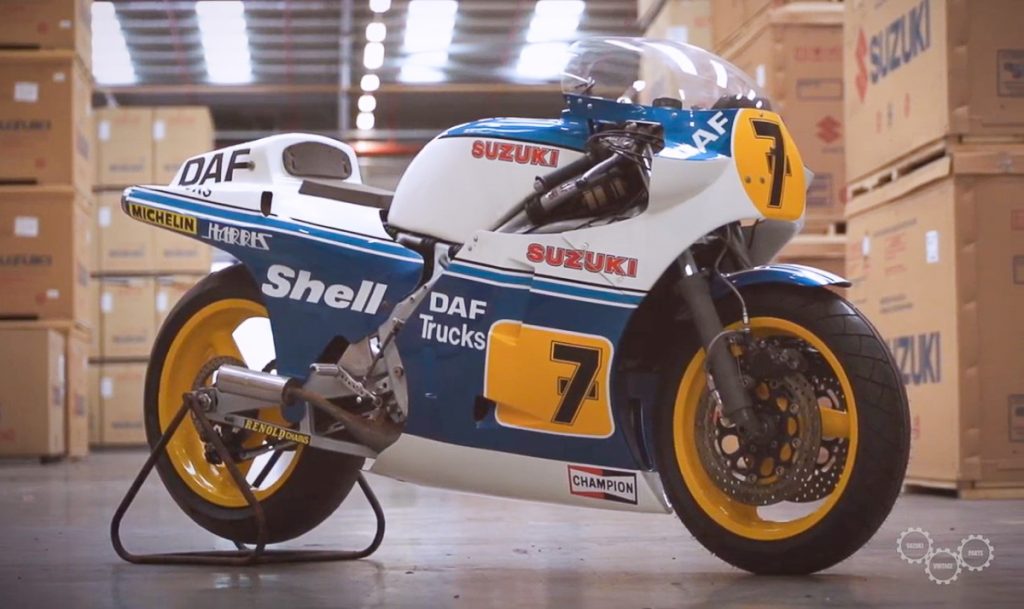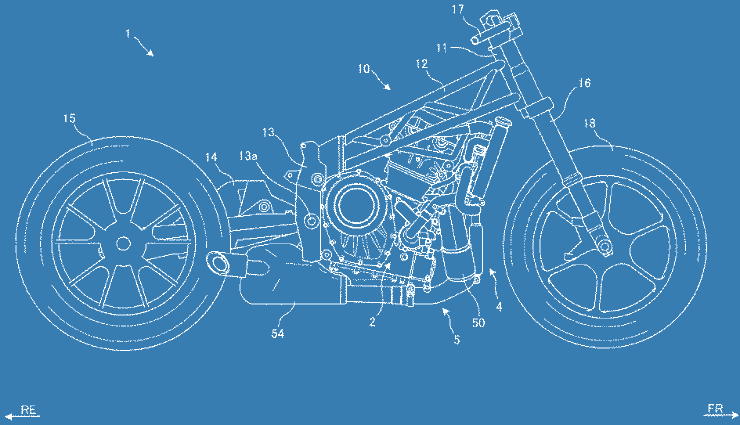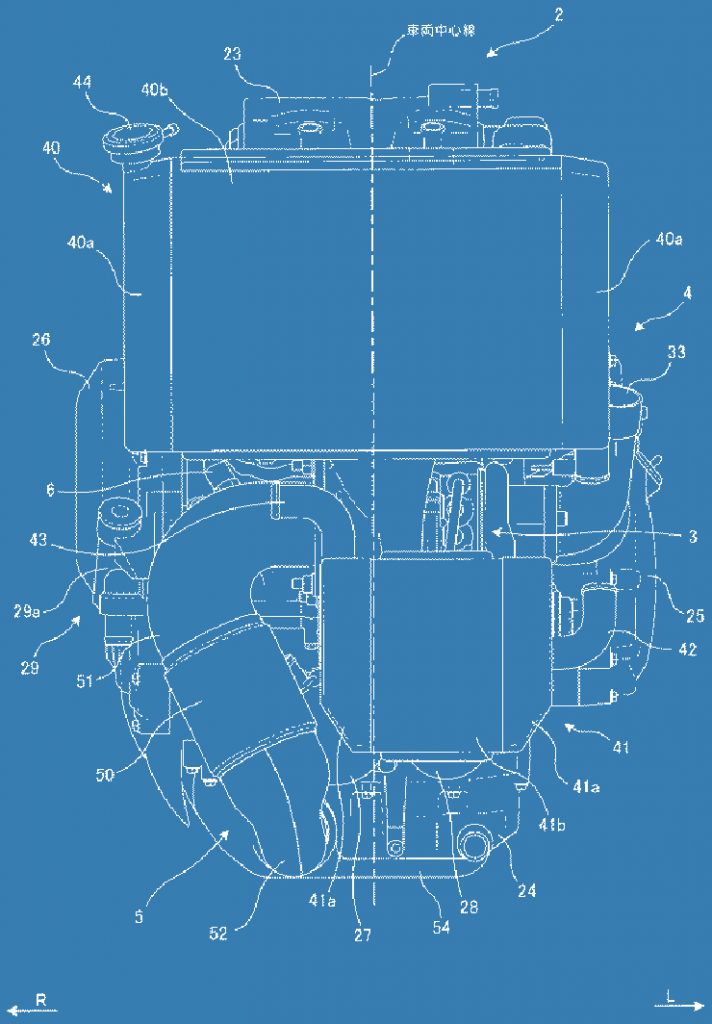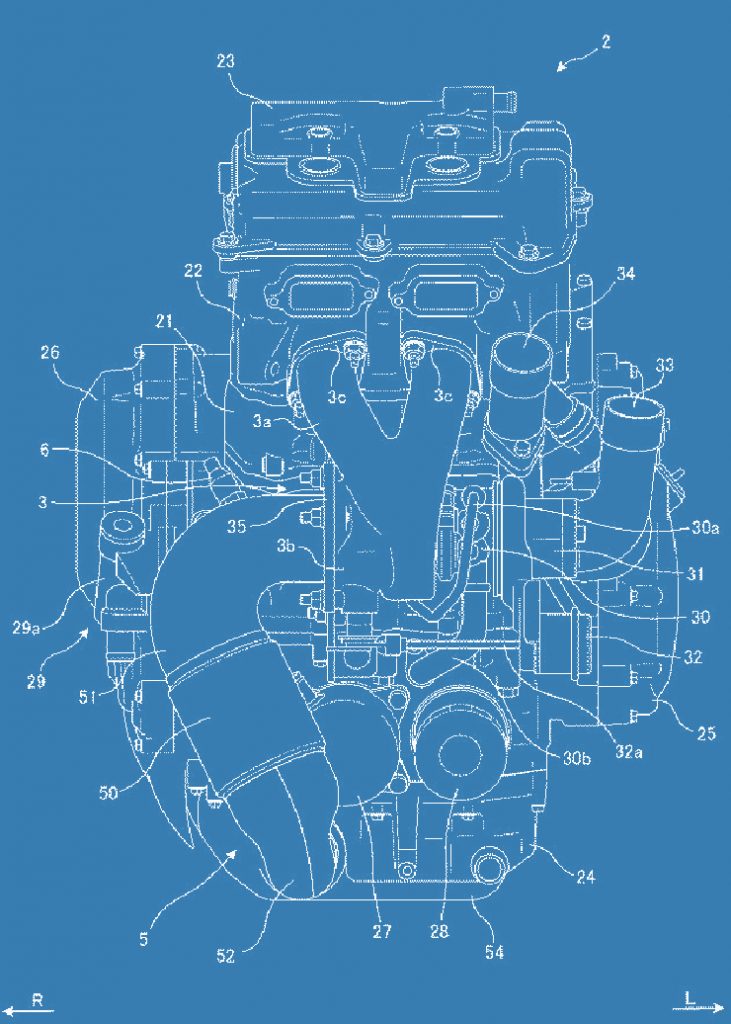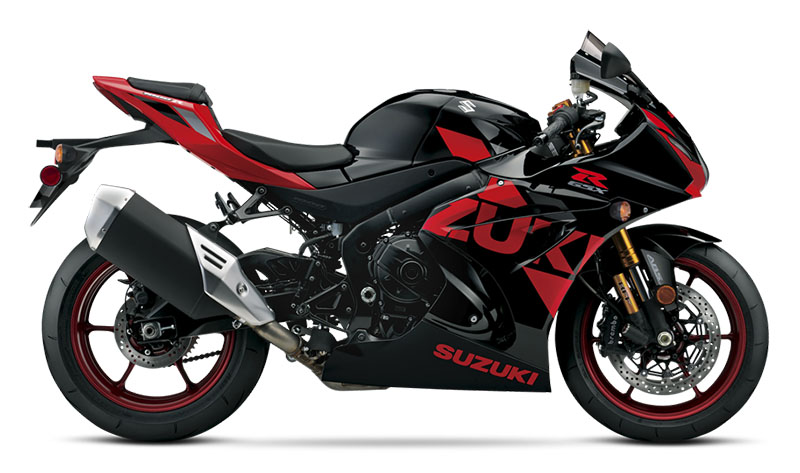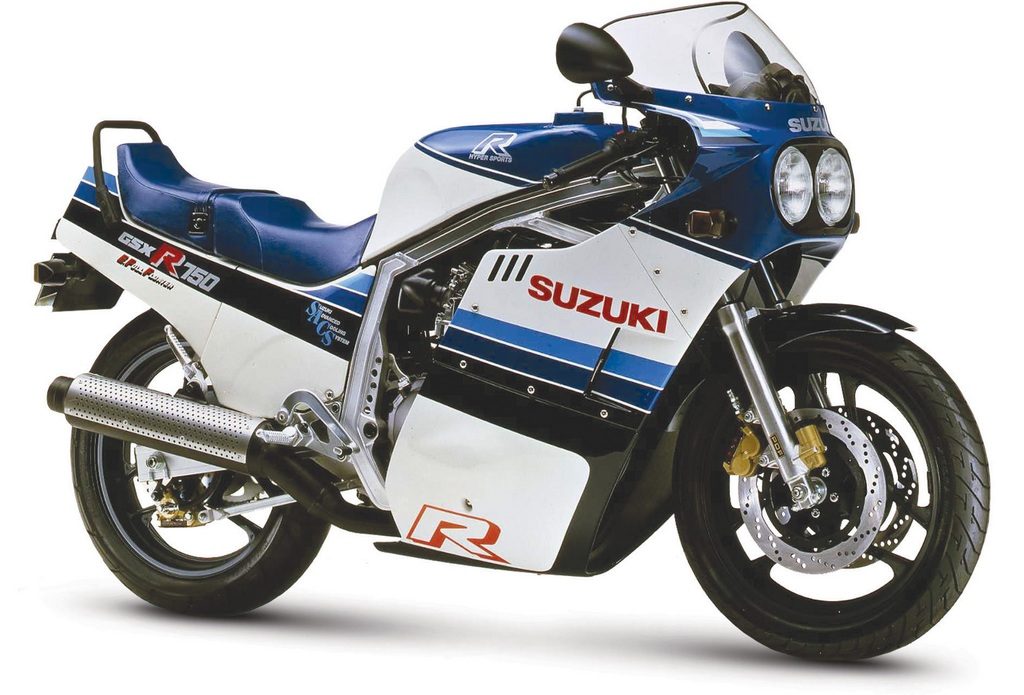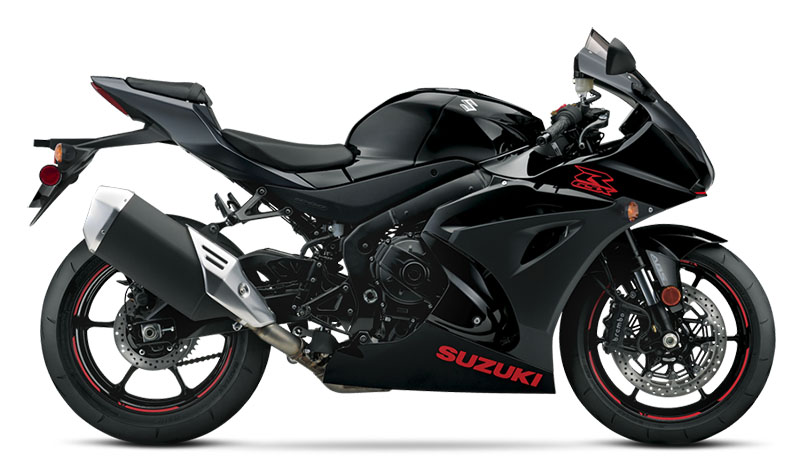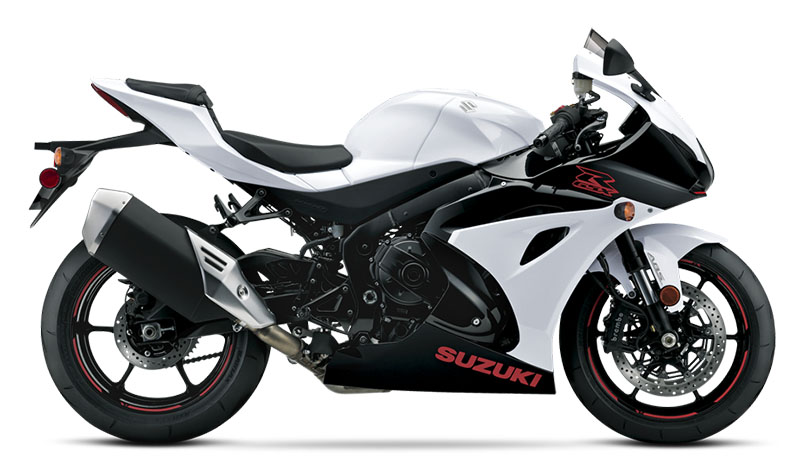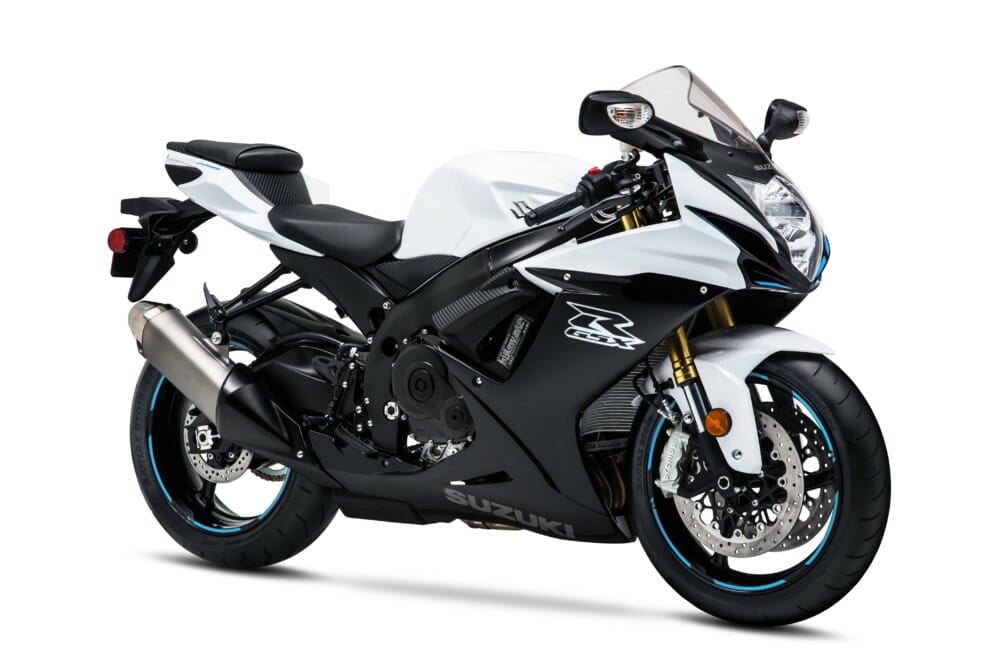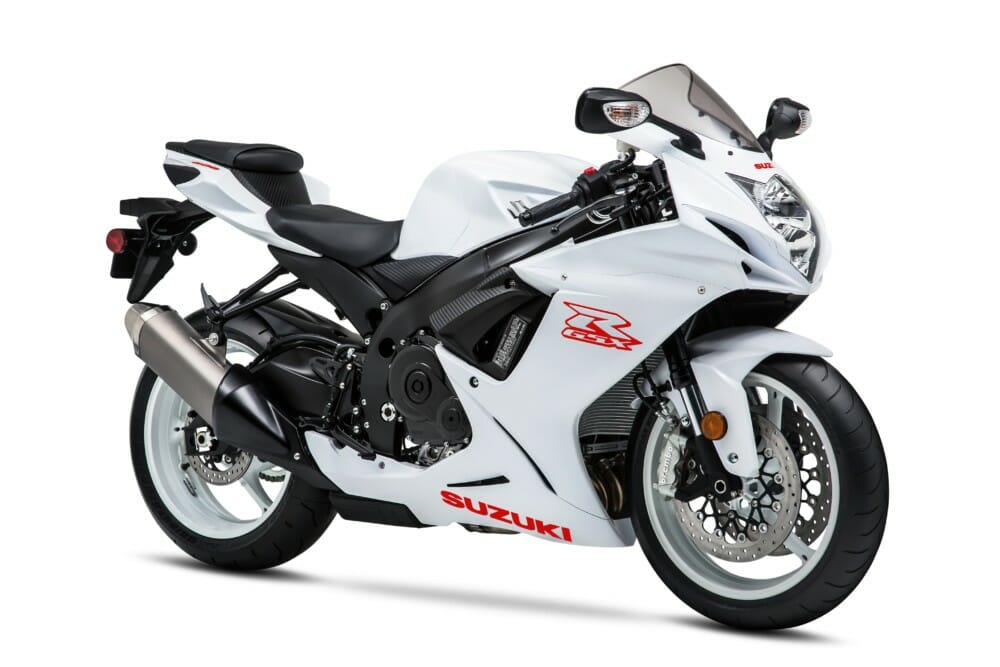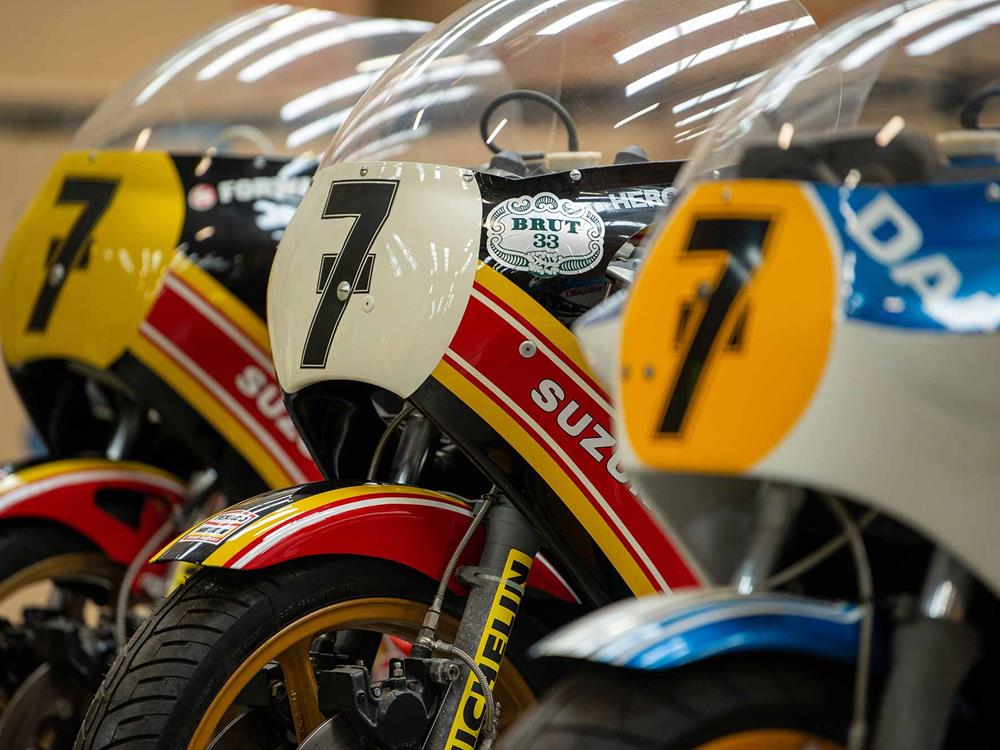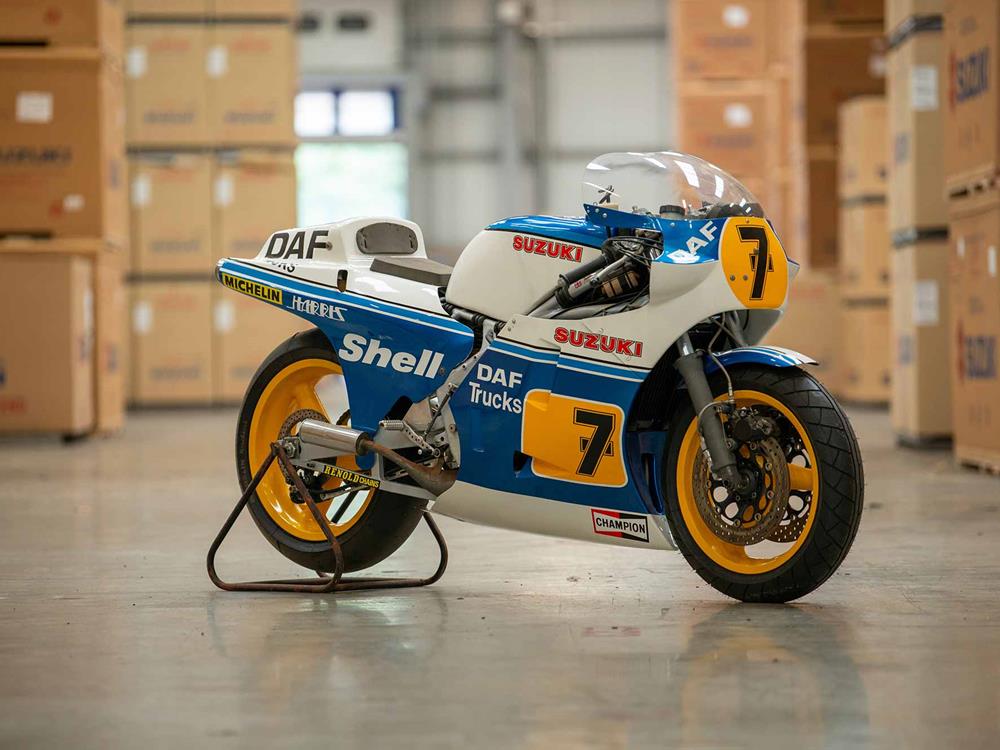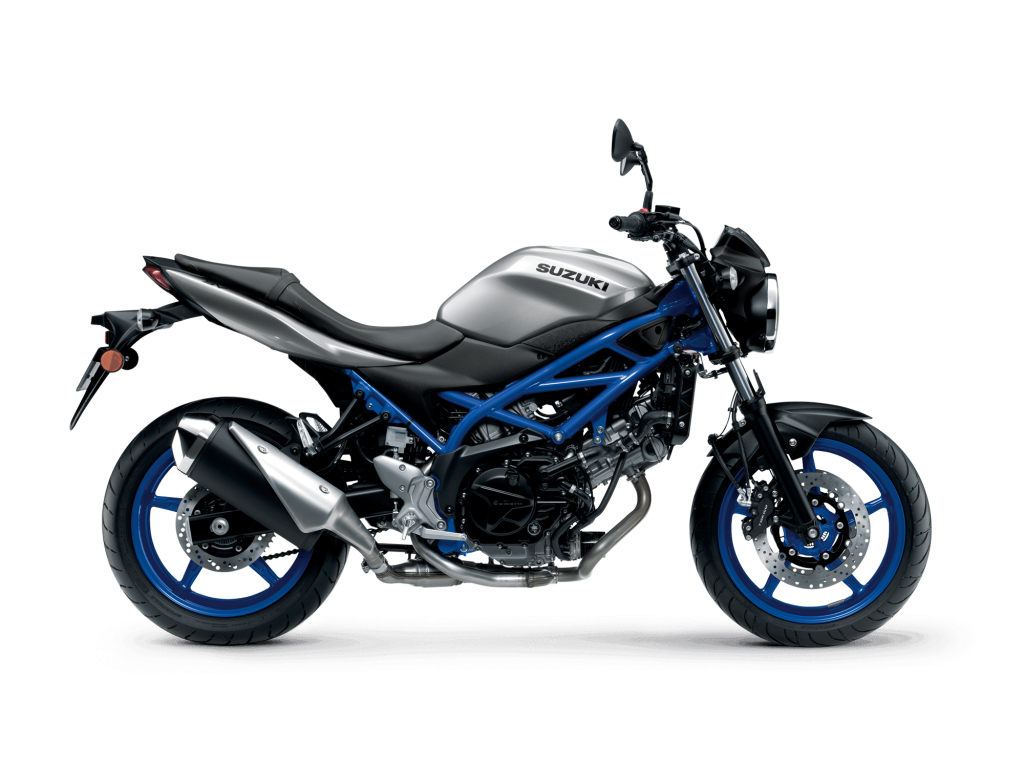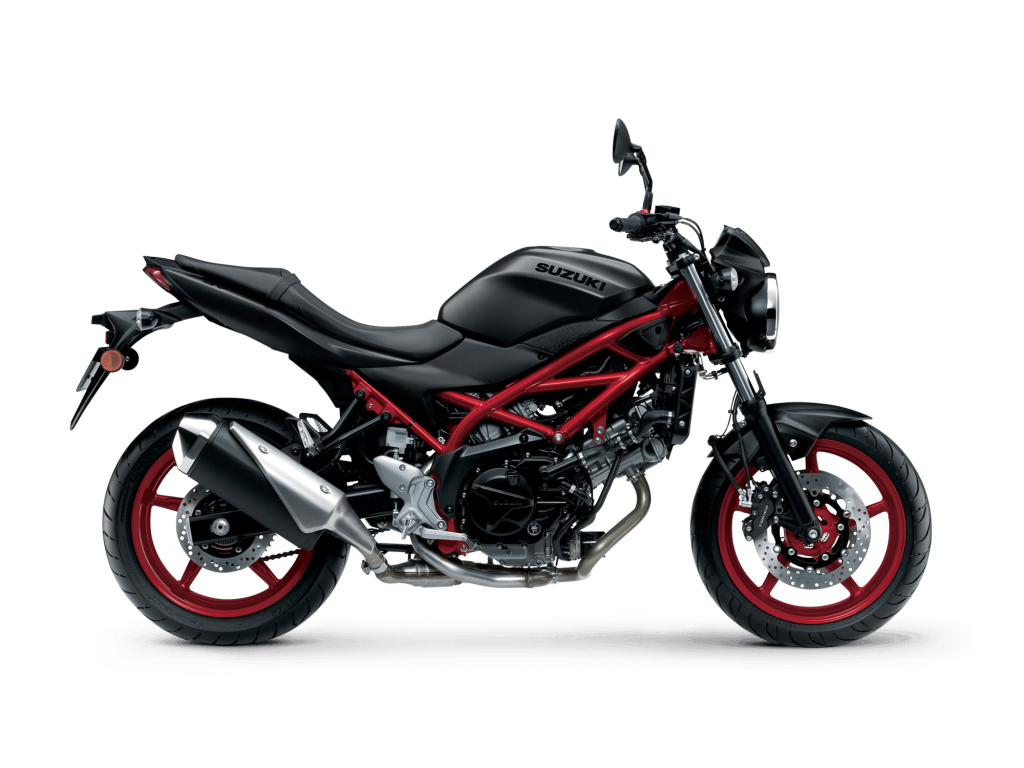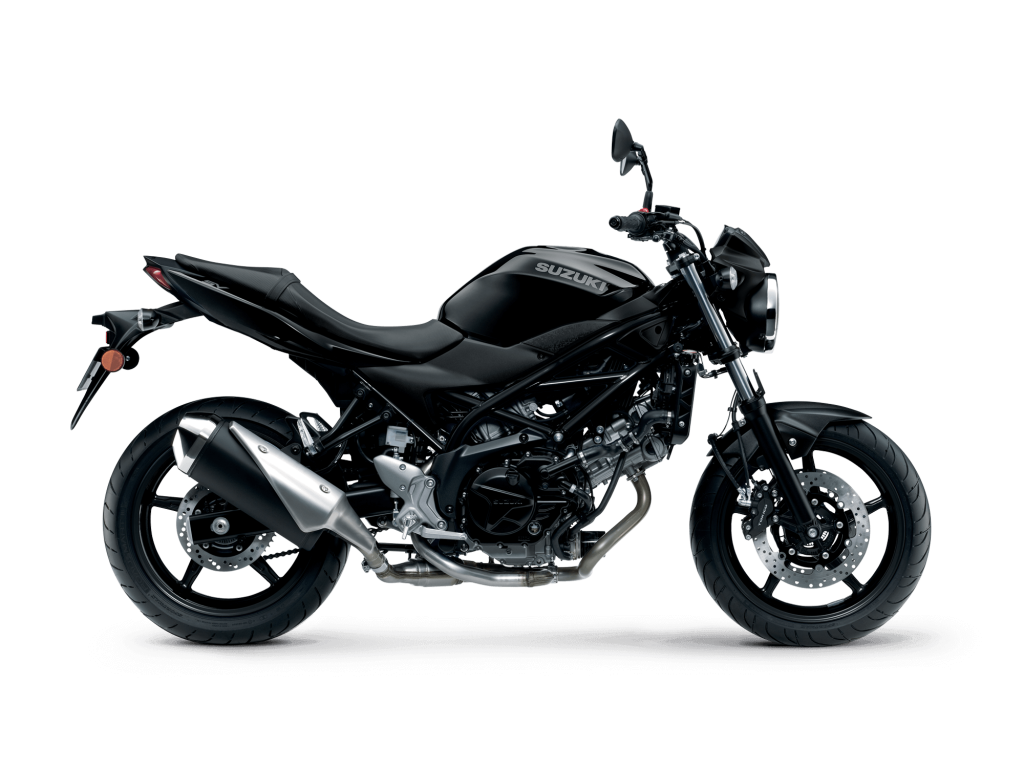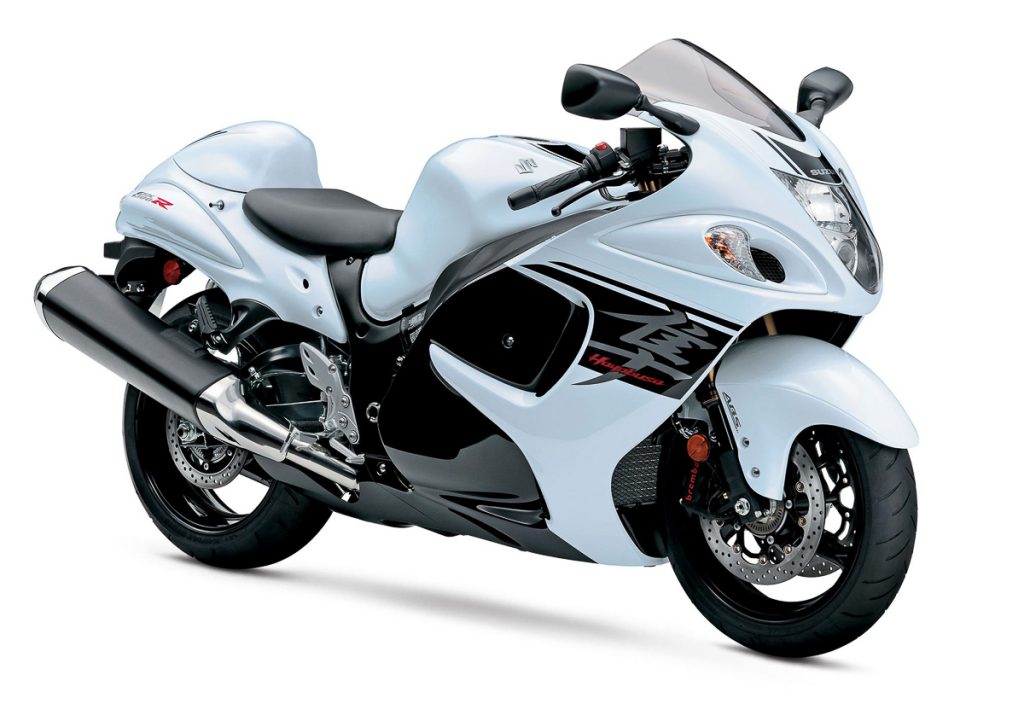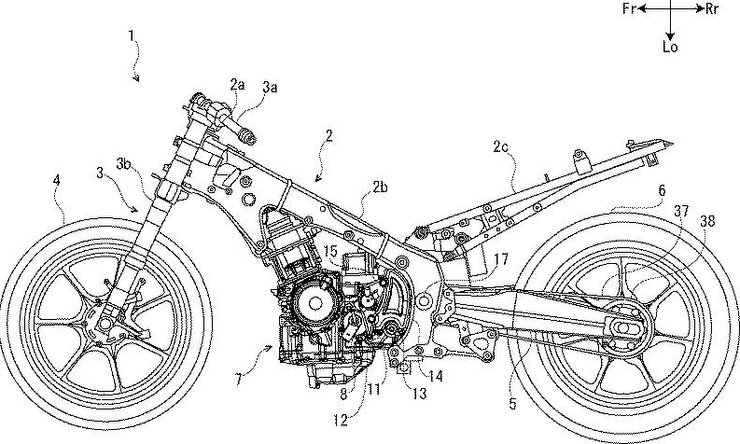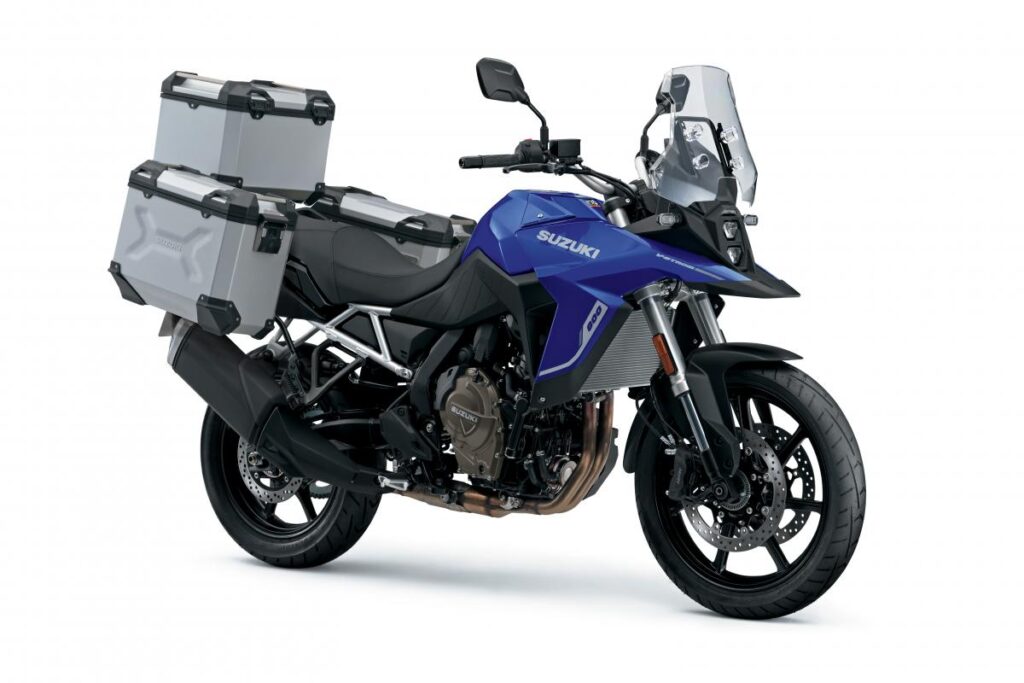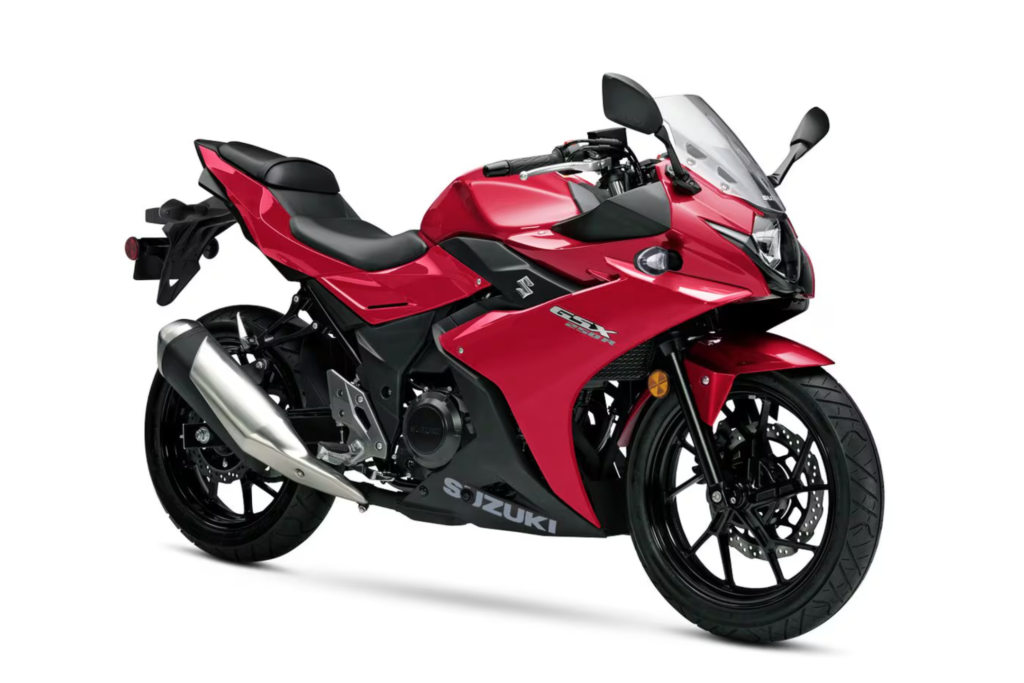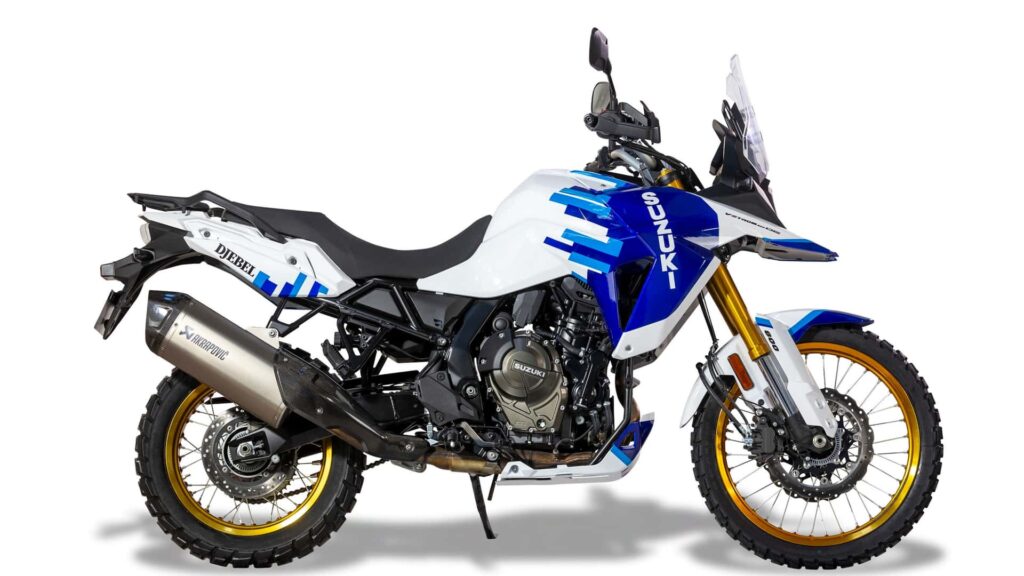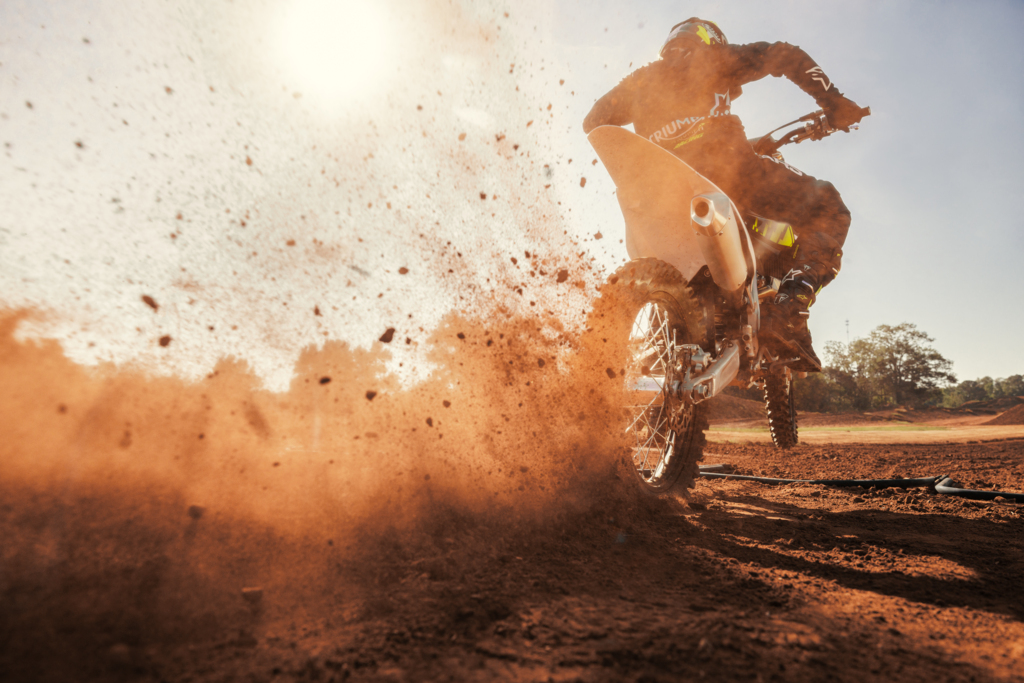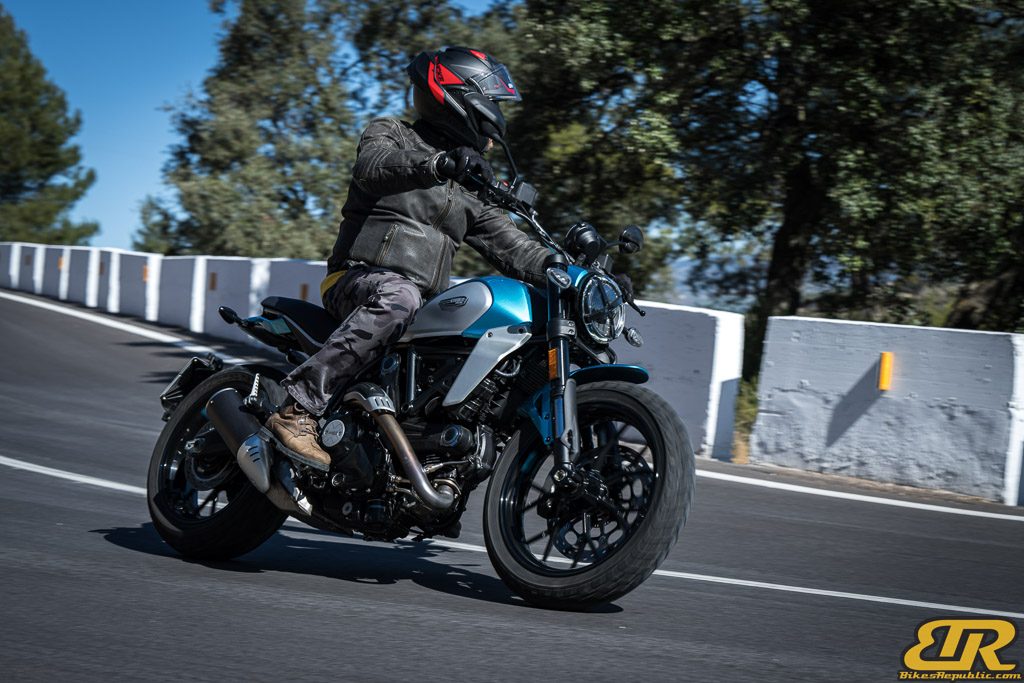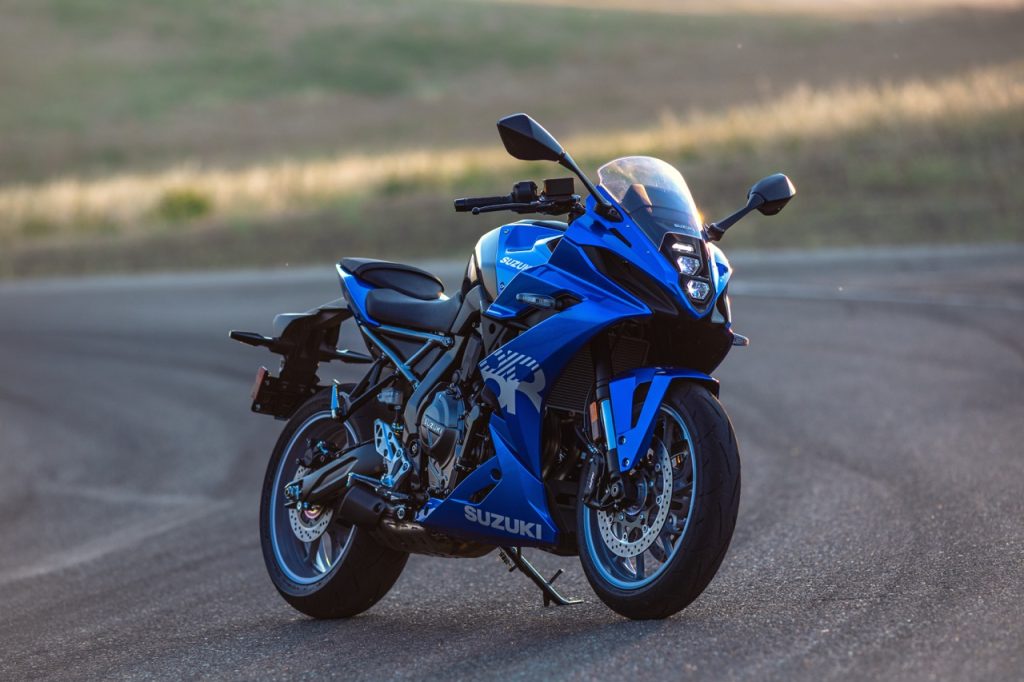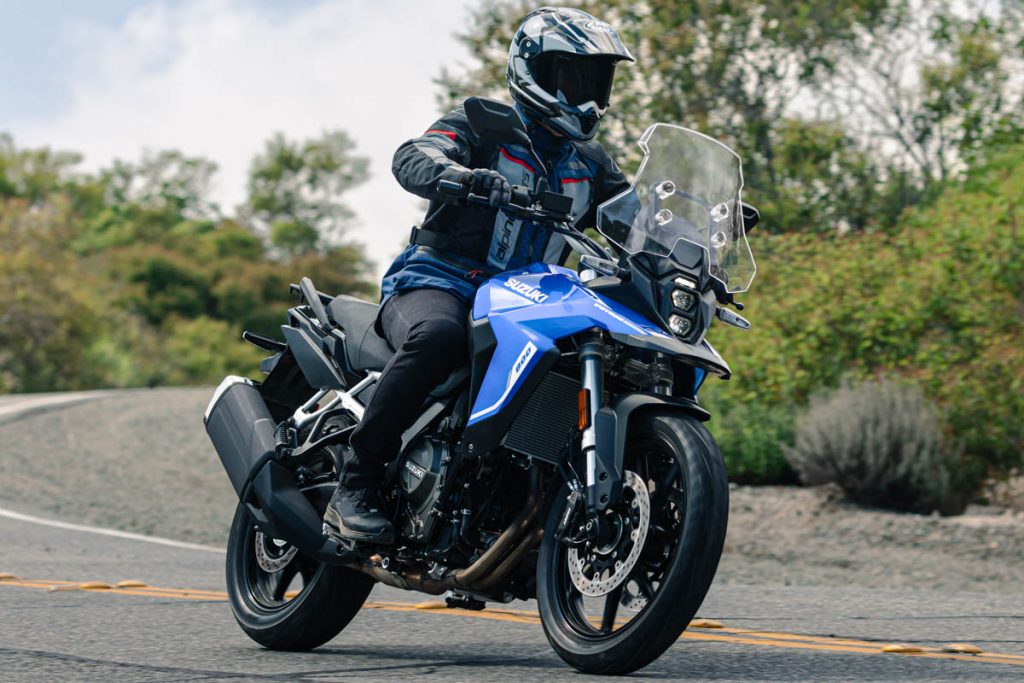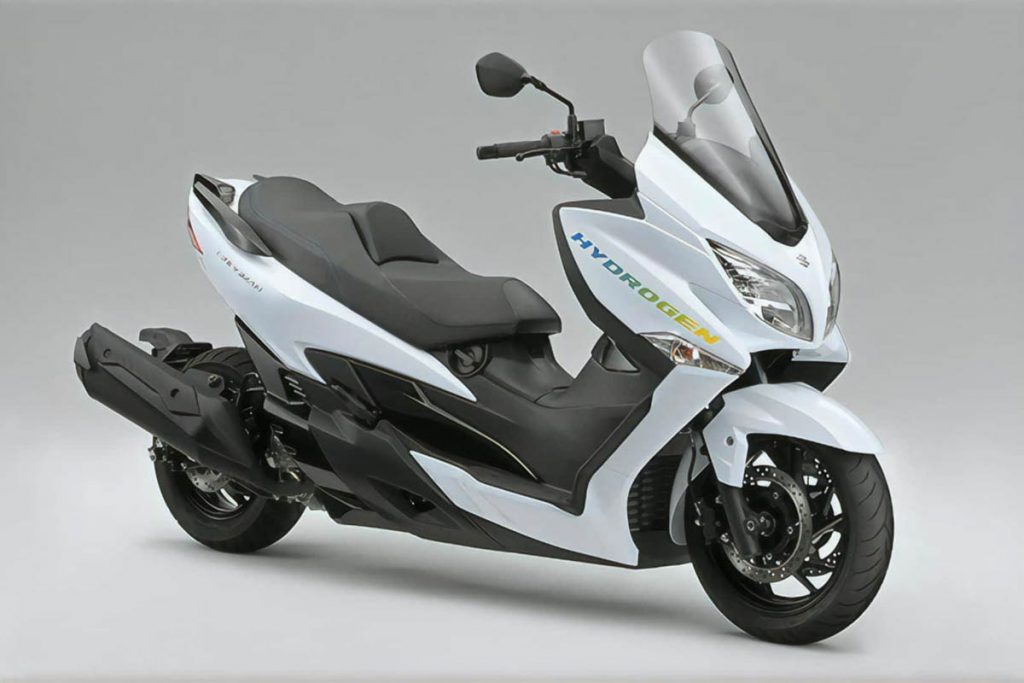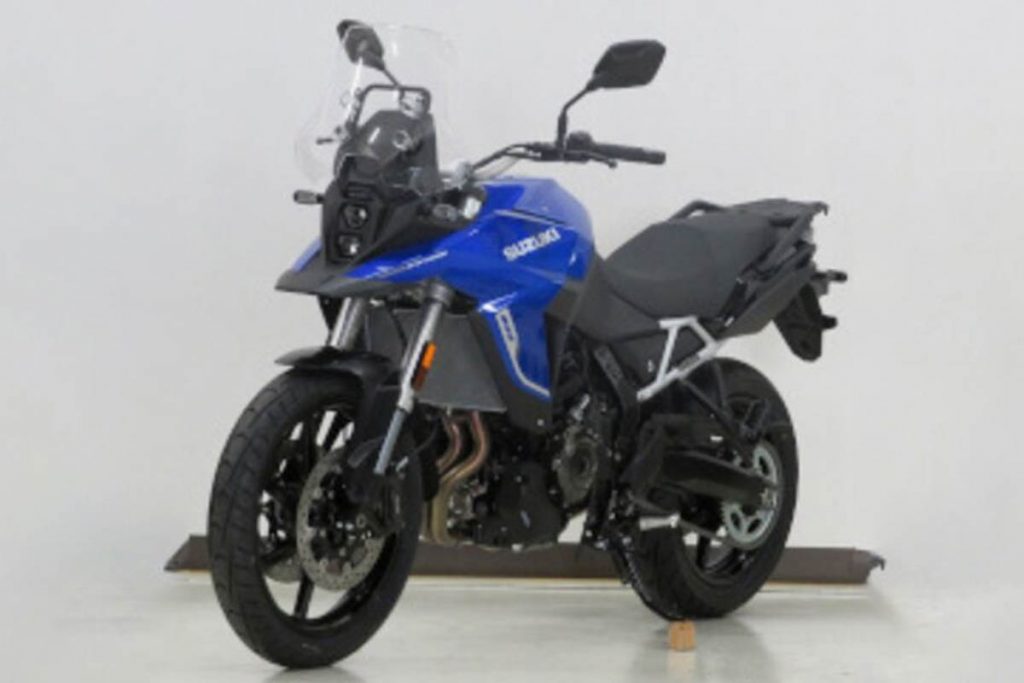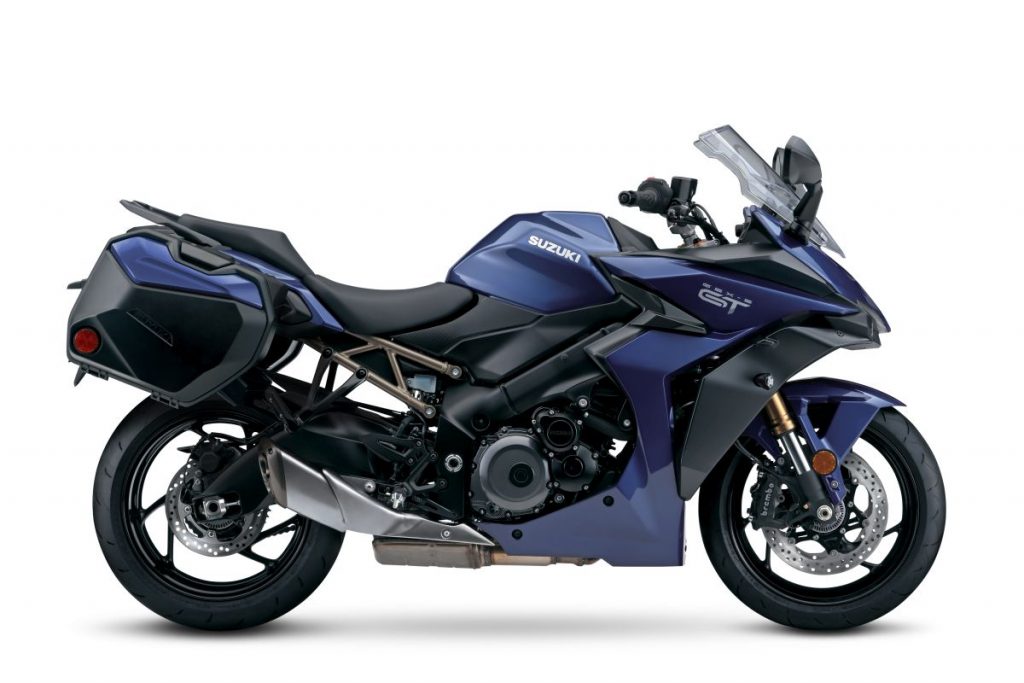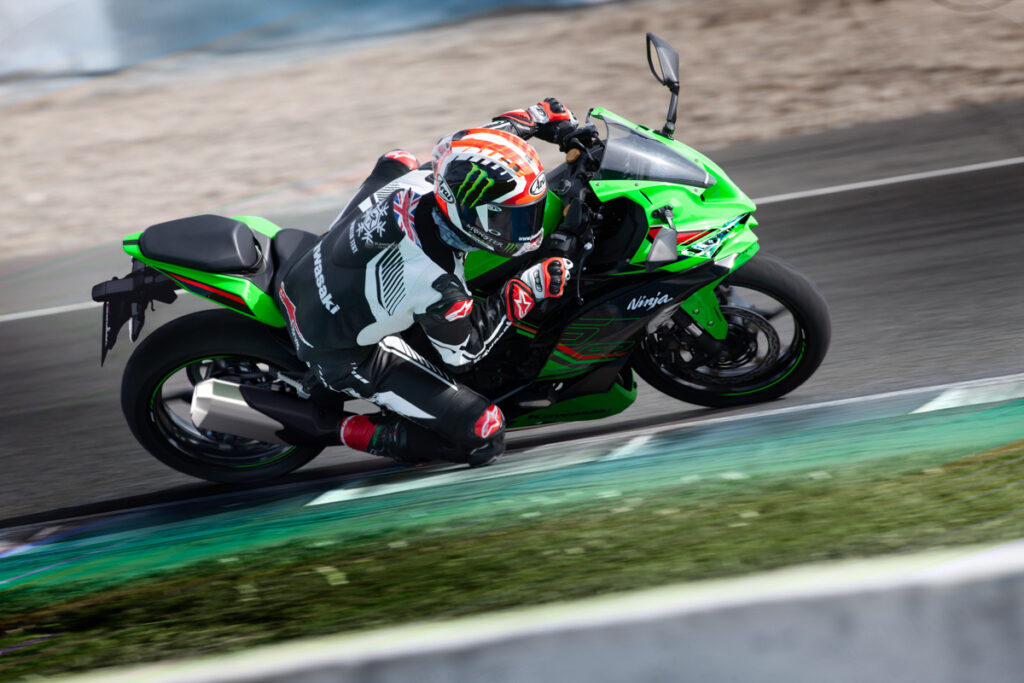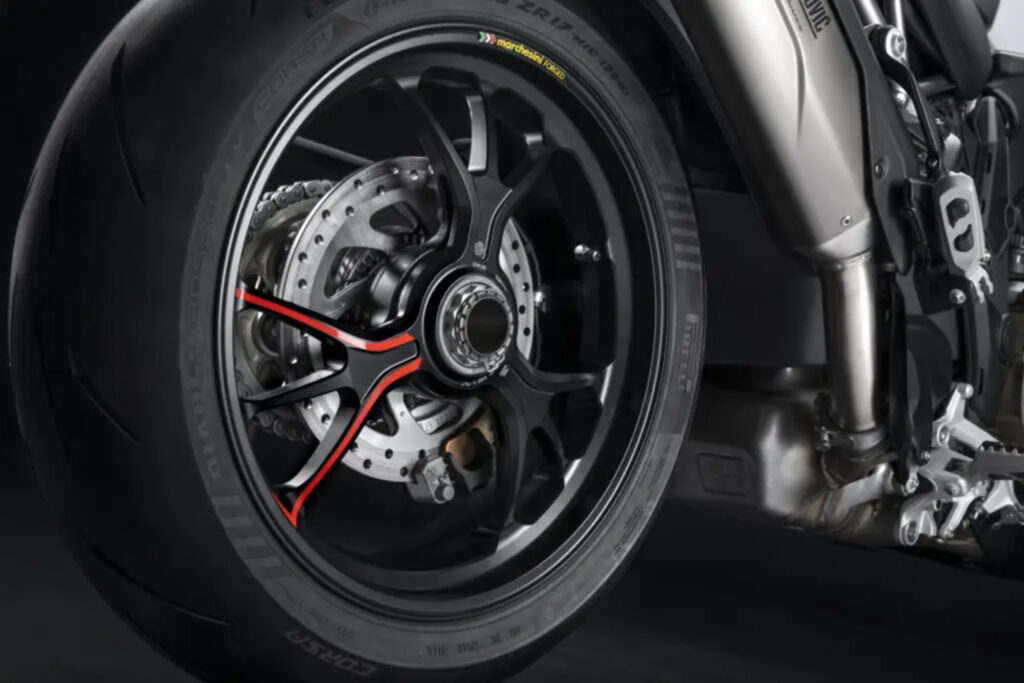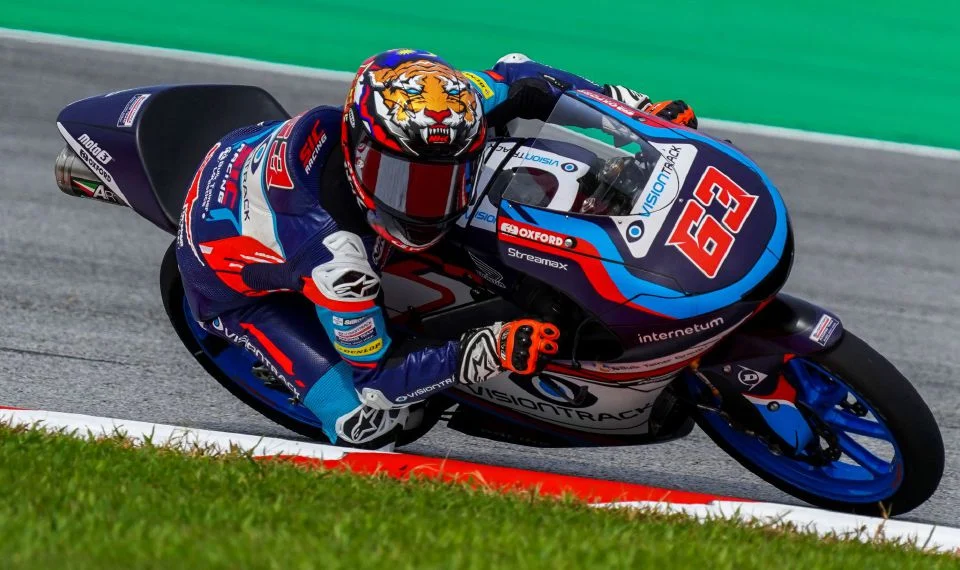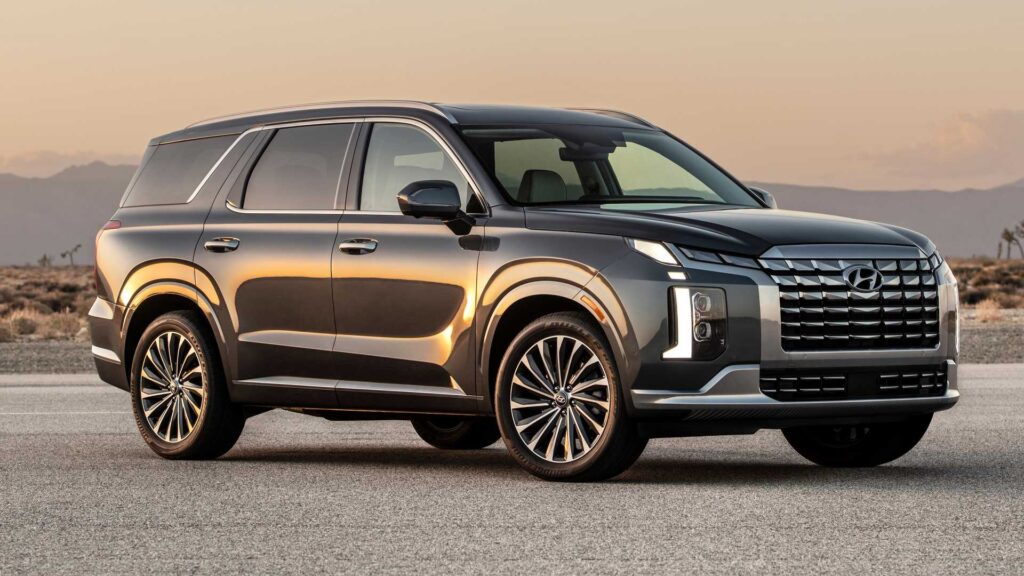-
Suzuki is one manufacturer who used to be associated with groundbreaking motorcycle design and innovations.
-
Their bikes have left an indelible mark in motorcycling.
-
We take a look at ten out of the many.
Suzuki is one manufacturer who used to be associated with groundbreaking motorcycle design and innovations. They may have lost their edge with the current crop of motorcycles but who knows if they would hit back with something jaw-dropping in the future.
Still, they’ve left an indelible mark on motorcycling. Let’s take a look at some of them as they celebrate their 100th anniversary this year.
10. TL1000S/TL1000R (1997-2001/1998-2003)
When Ducati turned out to be the pesky little Italian manufacturer who beat all the giant manufacturers with their lower powered and simpler V-Twin superbikes in World Superbike, Suzuki (and Honda) decided to build their own V-Twins to compete. The result was vis-à-vis Ducati’s 90-degree V-Twin format but tuned for more power. First came the naked TL1000S in 1997, while the full-faired TL1000R followed a year later. Neither had much success due to their wild character, but Bimota used the engine in their popular SB8K. The engine was further developed for the SV1000 and V-Strom 1000. The latter is still in production.
9. SV650/SFV650/Gladius (1999 to present)
The SV650 was the smaller SV1000 but it proved to be more popular than the latter. The reason is simple: The smaller bike is sweeter to ride due to its lower weight and non-threatening power output.
8. GSX-1300R Hayabusa (1999-2019)
The Hayabusa was Suzuki’s answer to the speed war between Honda and Kawasaki. And it was a thumb in the eyes of both rivals, as it broke past the 300 km/h barrier and hit 312 km/h. Designed in a windtunnel, the bike had an unconventional look which polarized opinion. As the “King Speed of Title” isn’t valid any longer, the Hayabusa holds the record as the fastest road legal production bike, ever. (The H2R doesn’t qualify as it’s not road legal.)
8. RG250 (1978-1982)/RG250 Gamma (1983-1987)/RGV250 Gamma (1988-1998)
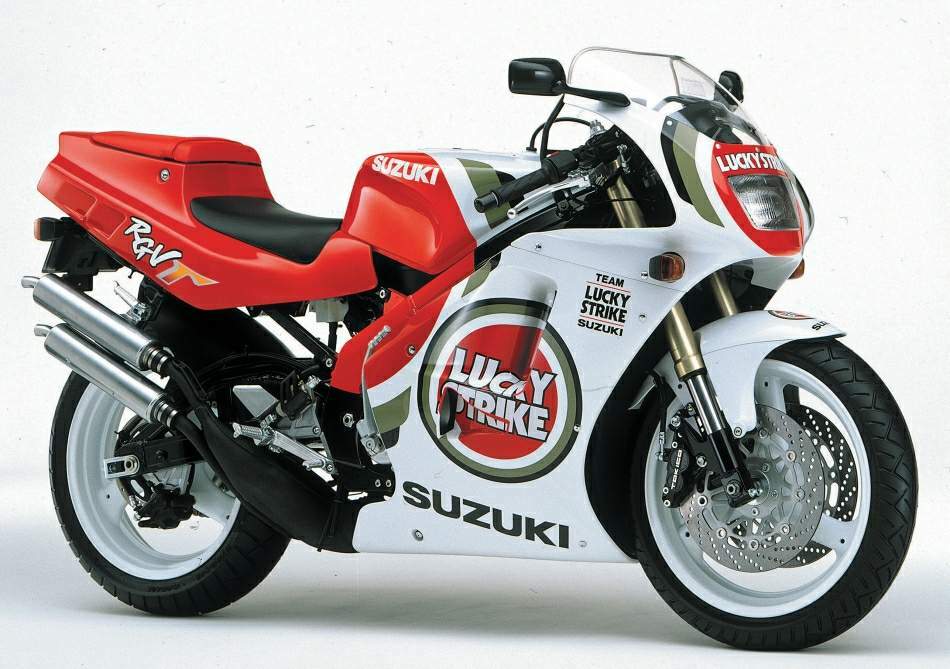
No list is complete without these two-strokes. The smokers were having a battle royale during the time and it was the RG250 which broke new grounds with an aluminium cradle frame. Light, fast and looking like a proper race replica, it went like stink. But the RG series went better when the RG250 Gamma was introduced in 1983. It was the fastest quarter-litre two-stroke for years, which would embarrass even the big-cc superbikes. The most beautiful powerful iteration was the RGV250 Gamma in 1988. The new V-Twin engine started out with 50 hp (VJ21), then going to 62 hp (VJ22) and topped out at 70 hp in the 1997-1998 “SP” (VJ23) version. Aprilia purchased the VJ22 engines and modified it for their RS250.
6. RG500 Gamma (1984-1987)
The RG500 Gamma was actually the reply to Yamaha’s RD/RZ500, besides commemorating the GP victories in the 500cc GP class in 1981 with Marco Luchinelli and 1982 with Franco Uncini. Using the square four-cylinder (no, the cylinders and pistons are square in shape), twin-crank two-stroke, it made 94.9 hp, for a bike that weighed only 154 kg, dry. It was by far the most powerful 500cc two-stroke at the time and had an aluminium box section frame. Unfortunately, it was only produced for a short period of time. Collectors will pay big money for these.


